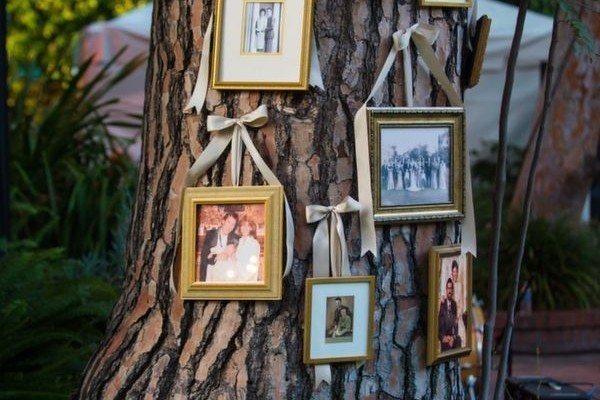The obvious ones: there’s no banquet hall rental, you don’t have to work around other bookings, you can buy your own booze and you aren’t charged a cake-cutting fee. Plus, you aren’t restricted to setting up about 60 minutes before the wedding, and you won’t be ushered out at the stroke of midnight. In short: you’re on familiar territory, with all your domestic conveniences close at hand.
But a ceremony at home can also turn into chaos, and you might find yourself grappling with a few health and safety issues if you don’t follow a few simple guidelines.
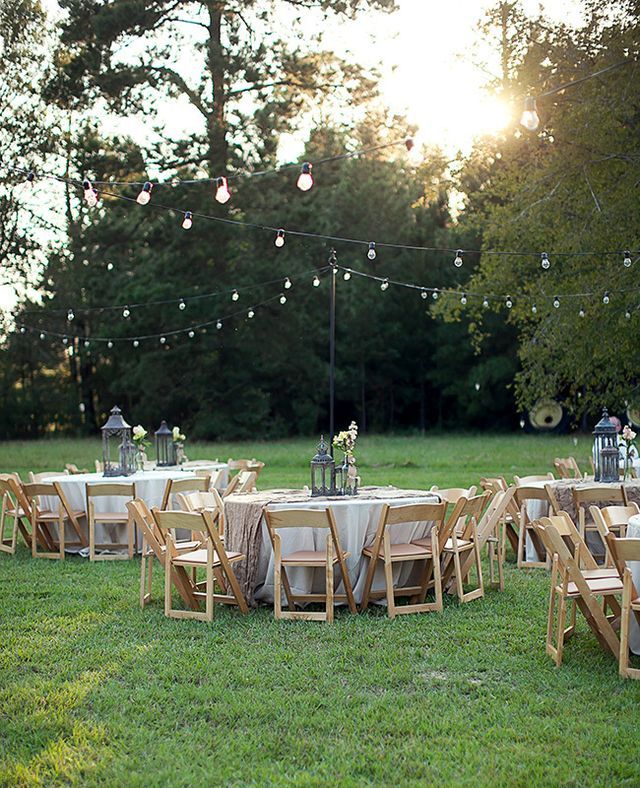
Right Sizing
Before you make a single decision (other than this one!), you need to work out the maximum number of people (not just guests) your home can accommodate. And this all comes down to one rather humble equation — people divided by toilets.
The average person heads to the toilet once every three hours. So the average toilet-to-guests ratio that venues work from is one toilet for every 70 people. But that’s presuming that toilets visits are spread evenly, which is never the case. If your guests are from out-of-town, you could get a line before the ceremony starts, and then another peak some 2-3 hours later. And should your guest list include children, senior citizens, or pregnant women, you can count on a few extra comfort stops. In my experience, for a home ceremony, you’ll need to arrange for one toilet for about 35 people — and not much more!
Regardless of the number of toilets on hand, though, the maximum number of guests you can comfortably handle depends on the maximum number of people your building or tent can hack in the case of bad weather.
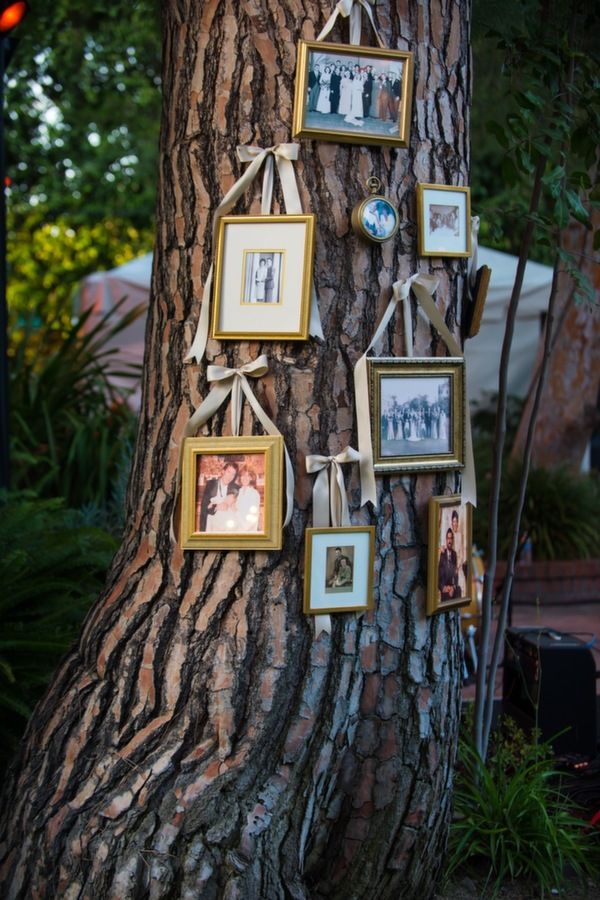
Greeting the Guests
Planning on making an entrance? Then task someone with meeting and greeting guests as they arrive. If you’ve invited a large number of guests, you might actually want to delegate this to several people.
In particular, make sure someone’s there to meet and greet your officiant, and that he or she has a quiet space for last-minute briefings of wedding party members.
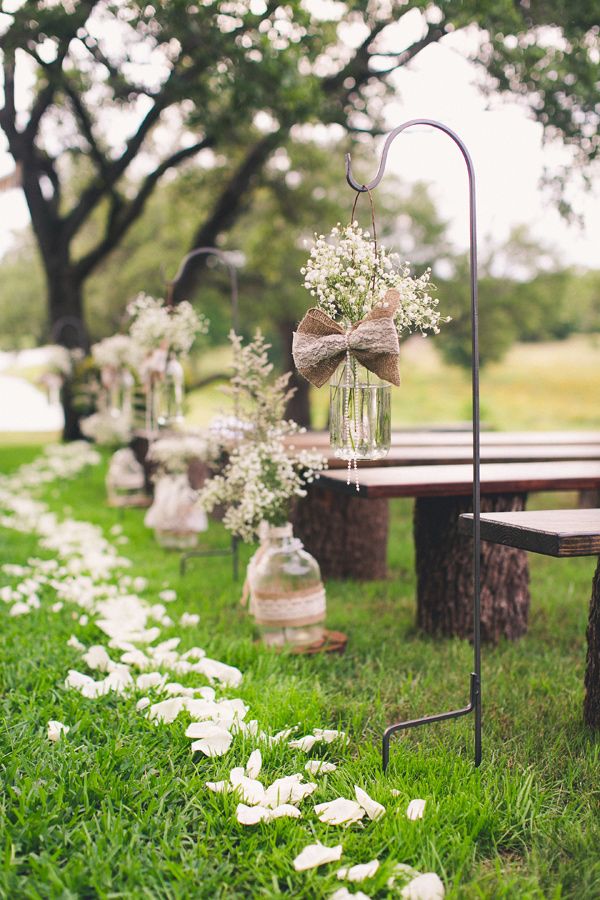
The Ceremony Space
There are three things to consider when choosing that magical spot in your home or garden where you and your loved one will exchange vows.
- The Space — Layout is important: your guests should be close enough to where you and the celebrant will be standing to form an intimate group. It’s important that everyone can not only see, but hear. Plus, you’ll need an attractive backdrop. Try not to make your guests squint into the sun. If your photographs end up backlit, most of your wedding party will be reduced to silhouettes, and you’ll lose the fine details and nuances. Make absolutely sure all your props, florals and ceremonial items are in place before the guests arrive.
- The Noise — Homes and gardens can be surprisingly noisy. Outdoor ceremonies are subject to all kinds of surprising disturbances, like planes, dogs and lawnmowers. If you’re holding your ceremony during the day, it’s wise to gently ask your neighbors to skip the lawn tractor or gas edgers (allow a little leeway either side). If noise is pretty unavoidable, e.g. you live by an airport or 20 feet from a national highway, you’ll probably need to hold the ceremony indoors — but even then, noise can be a problem. While your own ears might have acclimated to your circa-sixties air conditioner or boisterious fridge, the video camera is likely to pick it up loud and clear.
- The Weather — Both hot and rainy weather pose special challenges. You’ll need to plan for the worst — have a suitable space on hand, either inside or under cover in the case of a sudden downpour. Guests forced to sit in direct sun can actually pick up some nasty sunburns, especially during the hottest time of day, so make sure they’re ‘made in the shade’ and supply plenty of cool, non-alcoholic liquids to guard against dehydration. (Popsicles are a cute and trendy touch for cooling off guests in warmer climes.)
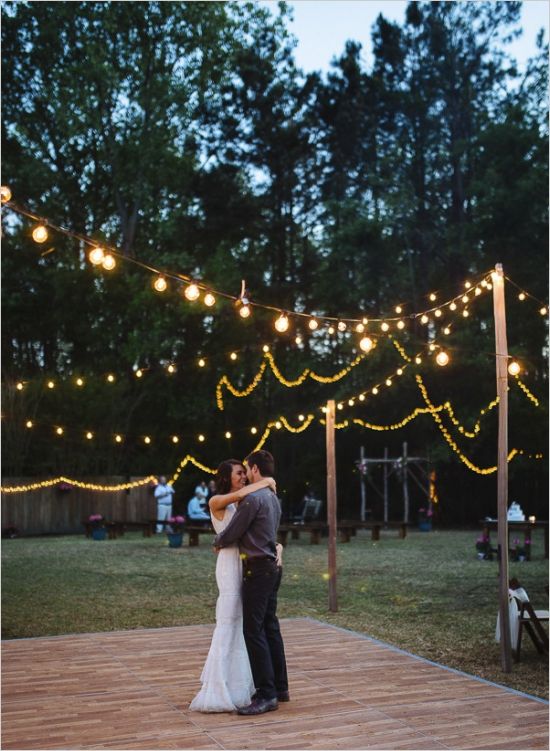
Animals, Children, Oh My!
Any domestic animals that could interfere with your ceremony, or get nervous when 200 guests turn up, should be shut in a safe part of the house or yard or kenneled for the day.
As for small children, they can find it tough to sit quietly through a long ceremony. If you’re expecting a number of toddlers and tykes, you’re best off hiring someone to entertain them somewhere nearby. Play leaders and jumping castles are surefire hits, but even a few popular videos and a child-savvy sitter will please parents and kids alike.
Health and Safety Nuts & Bolts
You’ll need to follow these basic safety rules in your at-home wedding:
- Make sure property (and ceremonial) entrances and exits are clear and safe to use.
- Garden ponds and pools are potentially hazardous for young children. Make absolutely sure no kids will be near them unsupervised.
- Any kind of construction in your garden, whether temporary (your rented tent) or permanent (your deck or gazebo), should be well-built, properly secured and safe.
- Outside electrical equipment such as sound equipment must be safe. Avoid trailing leads, wires or cables. Leads and cables should be kept well clear of walkway areas, and firmly taped down.


